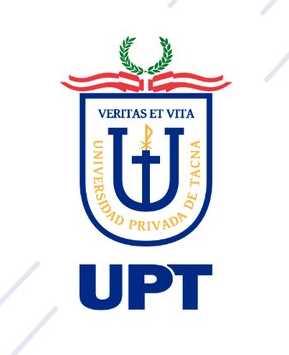The beginnings of the modern architecture in Cusco, 1950-56
Keywords:
Cusco, Transformation, Modern ArchitectureAbstract
The excessive importance, practically institutionalized, that is given to the Cusco architecture of the prehispanic and colonial periods, has generates indifference to the limit of contempt for the republican and contemporary period, leaving aside important facts and phenomena occurred in these last two centuries, where precisely the one of the modern architecture emphasizes.
This research aims to fill, in part, that gap, privileging the phenomenon of modern architecture, posing as an objective the description of the beginnings of this phenomenon in Cusco, under the hypothesis that were the 1950 earthquake and the policy of the General government that gave rise to the elements that generated the appropriate conditions for it to make its appearance in a historical context as important and complex as Cusco, in that sense a historical-descriptive methodological approach is proposed from the review and analysis of hemerographic sources fundamentally, and the use of basic statistics that allows us to show the construction of the first works of modern architecture in 1951 and the notorious predominance that it acquired around 1956, gaining space over the traditional stylistic tendencies.




